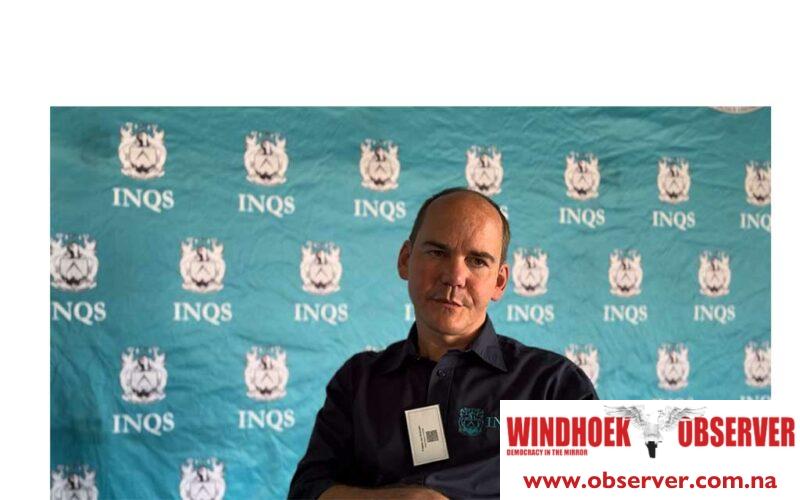Justicia Shipena
Sourcing construction materials locally or within the Southern African Development Community (SADC) region can help reduce building costs in Namibia, says Frederick van Greunen, a board member of the Institute of Namibian Quantity Surveyors (INQS).
He was speaking to the Windhoek Observer on Wednesday during the INQS business breakfast held in Windhoek.
The event brought together over 60 participants, including architects, engineers, banks, lawyers, suppliers, and equity financiers, to discuss the role of quantity surveyors in the building industry.
“We need to look in our neighbourhood if we are buying materials—tiles, steel, paint, sheeting. We mustn’t always import from overseas. If we are importing from far, we should look for suitable alternatives in SADC. That is good for our economy and the region,” Van Grenen said.
He explained that being intentional during the design phase can also help save costs.
“If you can design something with more concrete—using sand, stone, and cement from Otjiwarongo—you can make a beautiful polished floor instead of buying tiles from Italy. Using locally sourced wood, if it’s sustainable, and thinking smart about materials can lower costs and stimulate local economies,” he said.
Van Grenen said quantity surveyors play a key role in giving clients control over project costs from the design stage through to construction.
“We give you control over costs before you start building. Whether it’s a house, road, or commercial building, we provide accurate estimates and prepare the contract documentation for tendering or negotiation. That way, there are fewer disputes later, and you get your building on time, within budget, and with good quality,” he said.
He noted that while quantity surveyors are used across the sector, not everyone understands their importance.
“Our job at the institute is to explain to customers why it matters. Many appoint us, but many still don’t.”
On the sector’s evolution, Van Grenen said the profession has adapted to digital tools.
“Quantity surveying is an age-old profession. We used to work with rulers and pens. Now we use 3D models, computers, and even AI to measure, check for errors, and work faster. A process that used to take a year now takes three to four months.”
He said cost overruns in Namibia often result from poor planning and selecting the wrong contractors.
“You can’t hope things will work out. You need to manage costs and the programme and pick the right contractor. That’s where we often go wrong, especially when the cheapest contractor is selected, but they don’t have the capital, experience, or proper admin in place.”
Van Grenen also pointed to limited vocational skills as a driver of high construction costs.
“If only a few people are skilled in a certain trade, prices go up and quality goes down. We need better vocational training, more businesses, and competition in the market.”
He said high transport and living costs also push up prices.
“Planning ahead helps. If you buy something in a rush, it costs more. Logistics, proper contracts, and a skilled local workforce can bring costs down and improve delivery,” he said.




